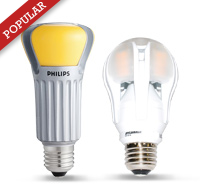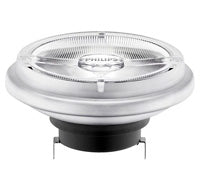LED Light Bulbs
LED Light Bulbs – Energy-Efficient Lighting for Every Space
Looking for high-quality LED bulbs that offer superior brightness, longevity, and energy savings? At BulbAmerica, we provide a wide selection of LED light bulbs designed for residential, commercial, and industrial applications. Whether you need dimmable LEDs, smart bulbs, or specialty lighting, we have the perfect solution to brighten your space while reducing energy costs.
Why Choose LED Bulbs?
LED bulbs are a smart lighting choice due to their numerous benefits:
- Energy Efficiency – LEDs consume up to 80% less energy than traditional incandescent bulbs, lowering electricity bills.
- Long Lifespan – With an average lifespan of 15,000 to 50,000 hours, LED bulbs last much longer than halogen or CFL options.
- Eco-Friendly – Free from mercury and other hazardous materials, LEDs are a sustainable lighting solution.
- Instant Illumination – Unlike CFLs, LED bulbs provide full brightness instantly, with no warm-up time.
- Versatile Applications – Available in various color temperatures, shapes, and base types for any lighting need.
Our LED Bulb Collection
At BulbAmerica, we offer a wide range of LED bulbs, including:
- A19 LED Bulbs – The perfect replacement for traditional household bulbs, offering warm and cool white options.
- PAR & BR LED Bulbs – Ideal for track lighting, recessed lighting, and outdoor floodlights.
- Smart LED Bulbs – WiFi-enabled bulbs compatible with Alexa and Google Assistant for ultimate control.
- Filament LED Bulbs – Vintage-style LEDs that mimic the classic look of incandescent bulbs while using a fraction of the energy.
- Specialty LED Bulbs – From high-lumen industrial LEDs to decorative options for chandeliers and signage.
Find the Right LED Bulb for Your Needs
Not sure which LED bulb is best for your fixture? Our experts are here to help! Browse our selection and enjoy top brands, competitive pricing, and fast shipping.
Shop LED bulbs at BulbAmerica today and upgrade to energy-efficient lighting that lasts!

























































Stay in Touch